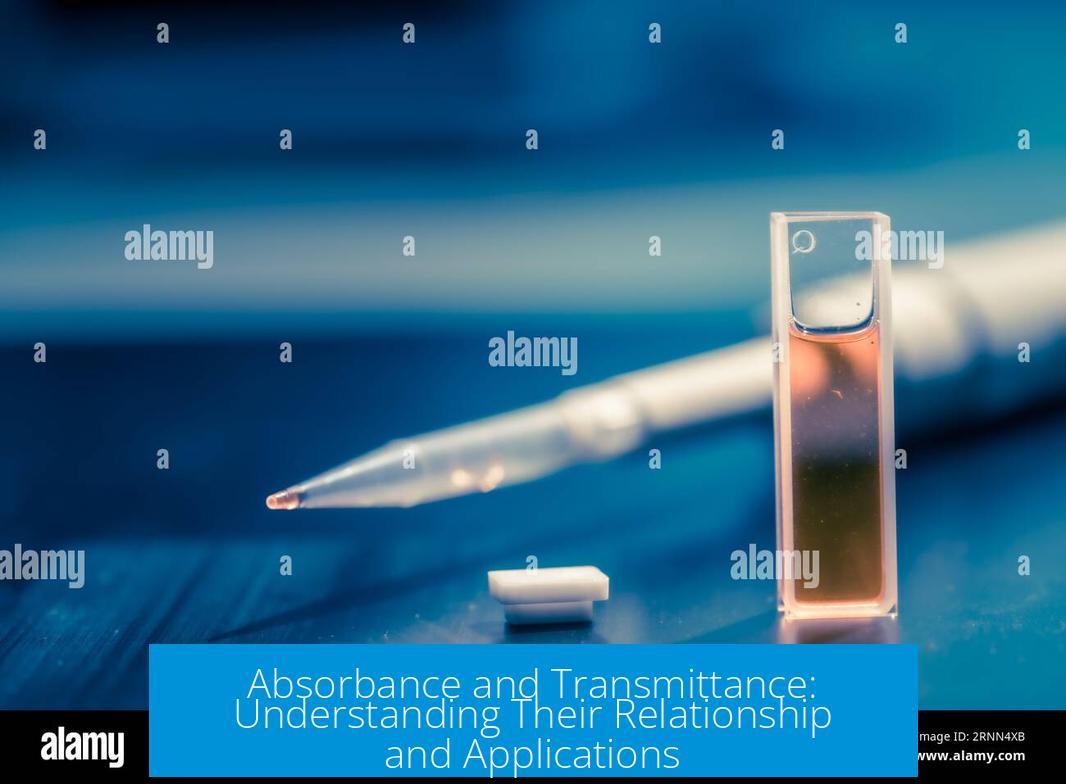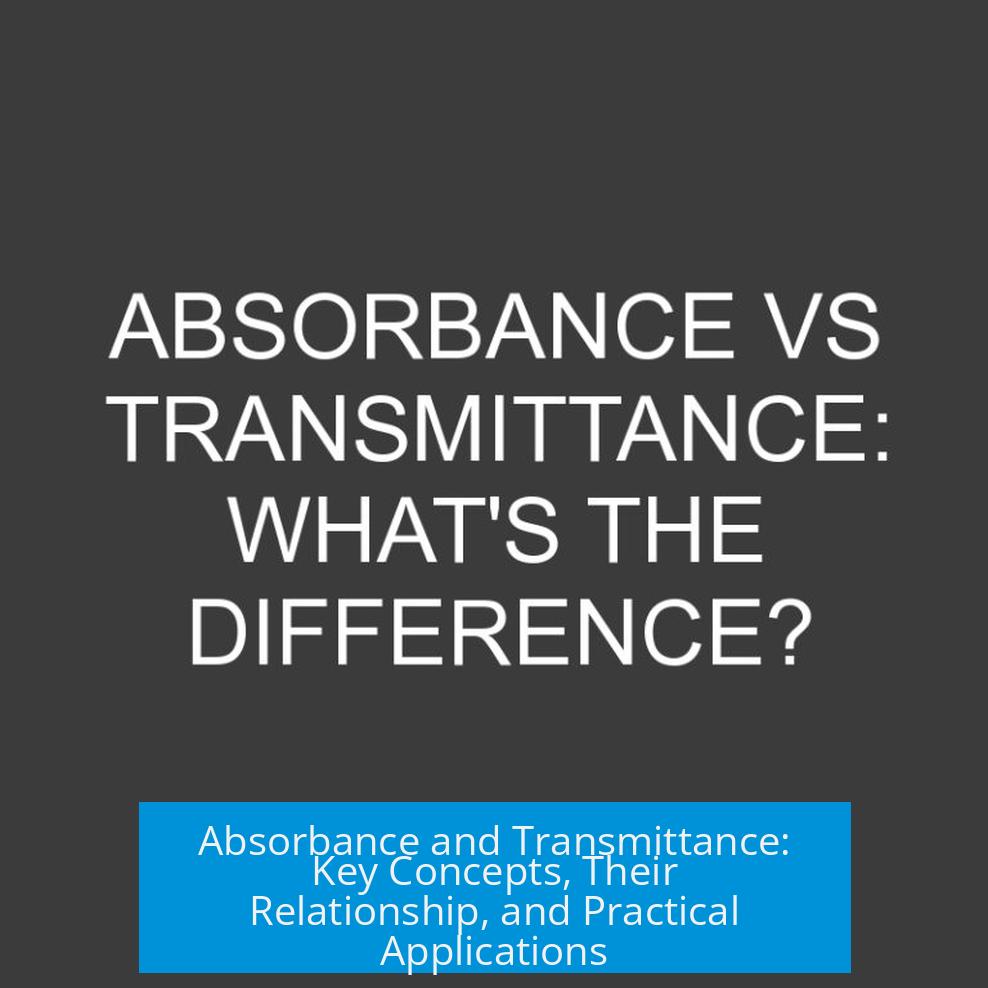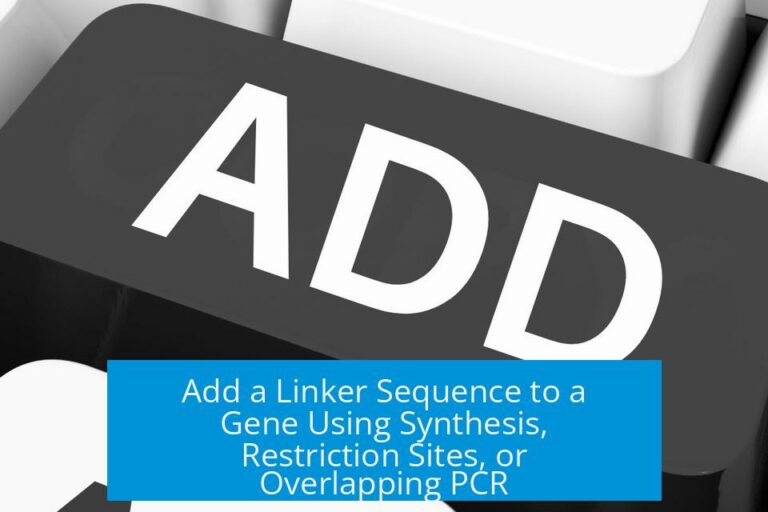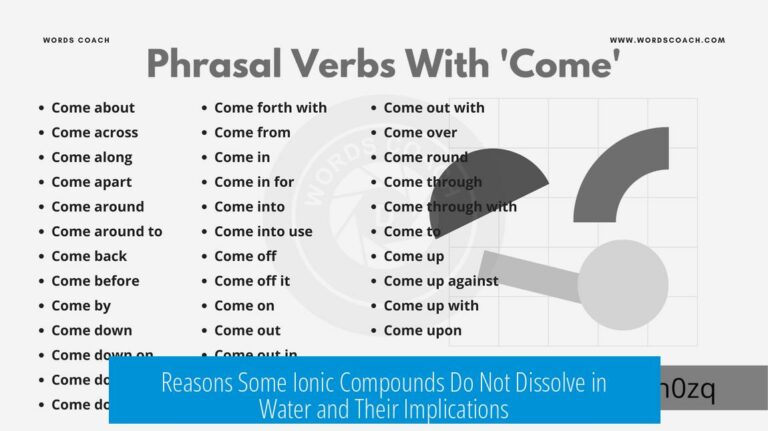Absorbance and Transmittance: Understanding Their Relationship and Applications

Absorbance and transmittance describe how light interacts with a material. Transmittance is the fraction of light passing through a sample, while absorbance measures how much light is absorbed. These quantities are related but not inversely proportional. Instead, absorbance is the negative logarithm of transmittance, a transformation that linearizes relationships in light absorption experiments.
Defining Transmittance and Absorbance
Transmittance (\(T\)) quantifies the fraction of incident light intensity that emerges from a material. It is usually expressed as a decimal or percentage, ranging from 0 (no light transmitted) to 1 (all light transmitted).
Absorbance (\(A\)) is defined mathematically as:
\(A = -\log(T)\)
This logarithmic definition implies that absorbance depends on the intensity of light absorbed, not merely the transmitted intensity.
Why Transmittance and Absorbance Are Not Simple Inverses
One might assume transmittance equals \(1 – A\), but this is incorrect. Transmittance decreases exponentially with sample thickness and concentration, reflecting multiplicative attenuation across many small layers, or “slices,” of the sample.
- Light passing through each slice is reduced by the same fraction.
- Total transmittance equals the product of each slice’s transmittance.
- This multiplicative behavior makes transmittance logarithmic when viewed over increasing thickness or concentration.
Conversely, absorbance adds linearly across slices:
- Each slice absorbs a fixed amount proportional to its thickness and concentration.
- Absorbance summates, enabling a direct correlation with the amount of absorbing material.
This difference explains why absorbance is the preferred quantity for quantitative spectroscopy.
Linear Behavior of Absorbance and the Beer-Lambert Law
Absorbance is proportional to concentration and path length as governed by the Beer-Lambert law:
\( A = \varepsilon \times c \times l \)
- \(\varepsilon\) is the molar absorptivity constant for the analyte.
- \(c\) is the concentration of the absorbing species.
- \(l\) is the path length the light travels through the material.
This linear proportionality allows absorbance to serve as a reliable measure of sample concentration, unlike transmittance, which does not scale linearly.
Practical Example Demonstrating Absorbance and Transmittance
Consider a semi-opaque sheet illuminated by 1,000,000 photons:
| Quantity | Value | Explanation |
|---|---|---|
| Incident photons | 1,000,000 | Total photons hitting the sheet |
| Transmitted photons | 10,000 | Photons passing through |
| Transmittance (\(T\)) | 0.01 (1%) | Ratio transmitted/incident = \(10^4/10^6\) |
| Absorbance (\(A\)) | 2 | \(-\log_{10}(0.01) = 2\) |
Adding a second identical sheet results in:
- Photons transmitted through both sheets: 100 (1% of the 10,000 photons transmitted by the first sheet)
- Total transmittance: \(100 / 1,000,000 = 0.0001\) (0.01%)
- Total absorbance: \(-\log(0.0001) = 4\), which equals \(2 + 2\), showing additive absorbance
This example highlights absorbance’s additive property that makes it valuable for calculating sample concentrations in layered systems.
Clarifying Common Misconceptions
Absorption vs. \(100\% – \text{Transmittance}\)
Subtracting transmittance from 100% can be called “absorption” but lacks quantitative utility. This difference ignores logarithmic scaling and the linear relationship absorbance maintains with concentration.
Reflectance and Scattering Considerations
Simple transmittance-to-absorbance relationships assume reflectance and scattering effects are either negligible or corrected using reference blanks. These factors can distort measurements if not accounted for.
Instrumental techniques typically compensate for these effects, improving accuracy and enabling precise absorbance calculations relevant to sample properties.
Summary: Key Points on Absorbance vs. Transmittance
- Transmittance is the fraction of incident light that emerges from a sample; it decreases exponentially with thickness and concentration.
- Absorbance is the negative log of transmittance; it increases linearly with concentration and path length.
- Absorbance is additive across layers; transmittance multiplies.
- The Beer-Lambert law links absorbance to concentration, enabling quantitative analysis.
- Reflectance and scattering are usually corrected by blanks before absorbance calculation.
- Absorbance provides a consistent, convenient measure for analytic applications unlike direct transmittance.
What is the mathematical relationship between absorbance and transmittance?
Absorbance (A) is defined as the negative logarithm of transmittance (T): A = -log(T). This transforms the multiplicative transmittance scale into a linear scale useful for quantification.
Why can’t transmittance be simply expressed as 1 minus absorbance?
Transmittance decays multiplicatively across layers, while absorbance adds linearly. So T ≠ 1 – A; transmittance follows a logarithmic decay, unlike absorbance which is additive.
How does absorbance behave when multiple absorbing layers are stacked?
Absorbance values for each layer add up. For example, two identical sheets each with absorbance 2 result in a total absorbance of 4, demonstrating absorbance’s linearity with concentration or path length.
Why is absorbance preferred over transmittance for quantitative analysis?
Absorbance scales linearly with concentration, making it easier to relate measurements directly to material properties. Transmittance changes logarithmically and is less straightforward for calculations.
How do reflectance and scattering affect the measurement of absorbance?
Reflectance and scattering are usually corrected using a blank or reference. This correction ensures absorbance accurately reflects just the material’s light absorption without interference from surface effects.





Leave a Comment